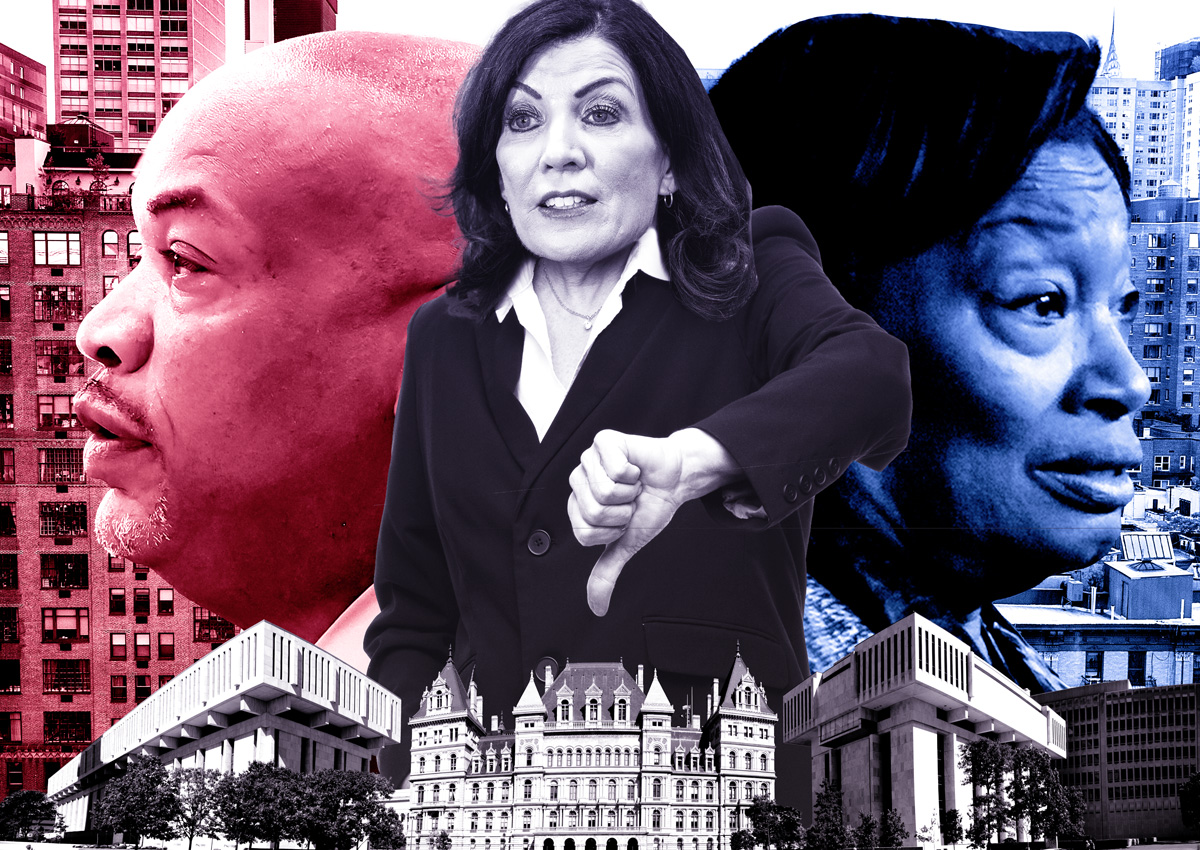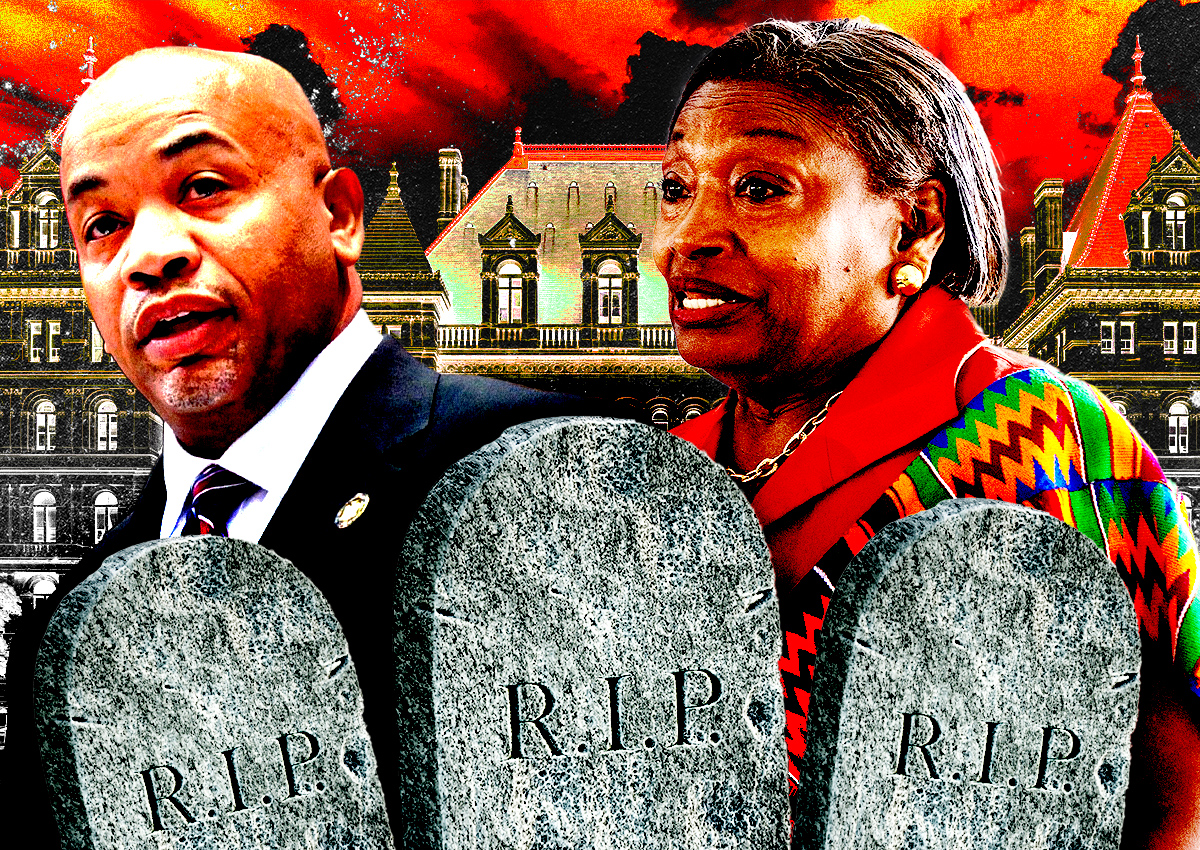As the state legislature wrapped up last week without reviving 421a, a new incentive for building owners quietly became available.
The Manhattan Commercial Revitalization Program, or M-Core, went live Thursday. It’s intended to encourage owners of aging commercial buildings south of 59th Street to make transformational renovations.
Investment in these buildings has been weak, especially with hybrid work remaining popular, interest rates going up and lenders getting stingier.
“Empty office buildings and empty retail spaces are not good for the city of New York,” said Melissa Román Burch, chief operating officer of the city’s Economic Development Corporation, in an interview.
Underperforming buildings are a drag on economic activity and tax revenue, she said, adding, “It’s also not a great experience for New Yorkers to walk by spaces that are not activated and that are not invested in.”
Tyng Patka, a partner at real estate law firm Adler & Stachenfeld, said the new tax break could make a big difference.
“M-Core can be a game changer due to the way the program is structured,” Patka said. “It’s specifically targeting larger buildings that have a larger footprint, and therefore will have a larger impact on the neighborhood and the district.”
To qualify for M-Core’s, an office building must be at least 250,000 gross square feet and South of 59th Street, excluding the Hudson Yards Financing Area and Penn Station general project plan area.
Properties must also have been built before 2000 and the capital investment must be at least 75 percent of the assessed value for land and building.
Patka believes M-Core can be a boon to the city because it offers a much greater scope of incentives than the Industrial & Commercial Abatement Program.
“When a Manhattan office owner below 59th Street wants to renovate their space, they don’t have any options when it comes to a tax incentive,” she said. “ICAP is basically the only incentive available to office owners, and compared to what M-Core is offering, ICAP pales in comparison.”
ICAP benefits typically last eight to 10 years, Patka said, while M-Core’s last twice as long. Also, ICAP applies only to a building’s assessed value, meaning owners will pay full taxes on the property’s land. M-core abates both the building and land assessments.
M-Core’s benefits include property tax abatement for up to 25 years, reduced mortgage recording tax, and waived city and state sales tax on purchases of materials and equipment related to construction. The program covers up to 10 million square feet of Manhattan office space, but only the first 2.5 million square feet to qualify receive a 100 percent property tax abatement for 17 years, followed by a four-year phase out.
The deadline to apply for the full tax break is Aug. 1. It’s set up that way to get owners to move fast.
“It’s vital we get workers back into offices, revitalize our economic engine neighborhoods, and continue New York City’s comeback,” Mayor Eric Adams said in a press release. “And that’s exactly what this program does.”
Time will tell: Commercial real estate owners find some tax incentives more trouble than they are worth. J-51, which the legislature revived on Friday, was once a popular program for multifamily landlords but fell out of use before expiring.
Read more



But the program has limitations. Patka said owners of smaller buildings are already hoping it is expanded to include them.
“There is a desire in the community that these sorts of benefits will open up to more office owners,” Patka said.
